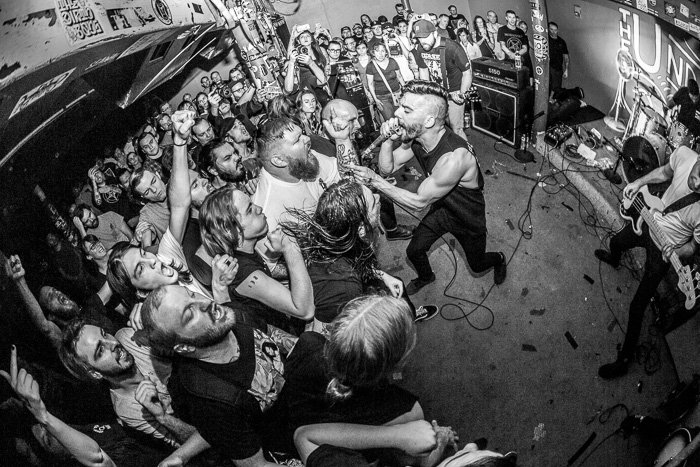MY STORY
My journey into sustainability work was an unlikely one.
THE EARLY YEARS
I was a singer in a touring punk band and an eco-pirate. I sailed the ocean with Sea Shepherd, a marine conservation organization dedicated to protecting ocean ecosystems and wildlife using direct action. After that, I spent several years working in the environmental nonprofit space doing volunteer management and habitat restoration for endangered species. These experiences taught me the importance of a DIY ethic, and how to do a lot with a little in resource constrained environments. For the next chapter, I wanted to work somewhere with the potential for larger impact.
MICROSOFT
I joined Microsoft in 2016 and wondered “how could the resources of a trillion-dollar tech company be used to create solutions for the climate crisis? And how could I get my hands on them as a regular employee?”
When I couldn’t find answers, I started organizing. In 2018, I co-founded Microsoft’s employee sustainability community, and invited thousands of my colleagues to help me answer those questions. We created a place for employees from around the world to learn about climate change, and meaningful opportunities for everyone to contribute solutions. The community helped push the company to become a leader in corporate sustainability, and in 2020, was made a central part of Microsoft’s strategy to become carbon negative, water positive, and zero waste by 2030. When I left the company in April 2023, the community had grown to 10,000 members and 37 local chapters. The experience taught me the crucial role technology could play in creating scalable solutions for the climate crisis, and the power of employee organizing and community building.
THEORY OF CHANGE
From the underground punk scene, to the height of corporate sustainability, all of these experiences shaped my theory of change:
Grassroots community organizing, especially when it is intersectional and inclusive, can create the kind of pressure necessary to move large power structures towards sustainable change. This is especially true with employers and employees.
While 83% of people want to take climate action in their jobs, we’re in the midst of an unsustainable talent shortage. Employees increasingly expect their employers to get serious about sustainability and yet, companies cannot find enough qualified people or resources to change.
The solution is obvious: make sustainability part of everybody’s job. I’ve seen first-hand what happens when organizations engage their entire workforce and invite them to participate in their sustainability efforts. By democratizing climate work across all roles and job functions, companies can create a culture of sustainability that will attract and retain top talent, unlock innovation, and lead to a workforce with high sustainability fluency.
I spent the last seven years refining how to make sustainability part of everybody’s job at Microsoft - now I’m helping other companies do it too.
PERSONAL LIFE
When I’m not working, you can find me in Seattle, WA exploring the endless beauty of the Pacific Northwest with my dog Remy. I also enjoy photography, playing guitar, skateboarding, hifi stereo gear and vinyl records, gardening, vegan brunch, and Vipassana meditation.

